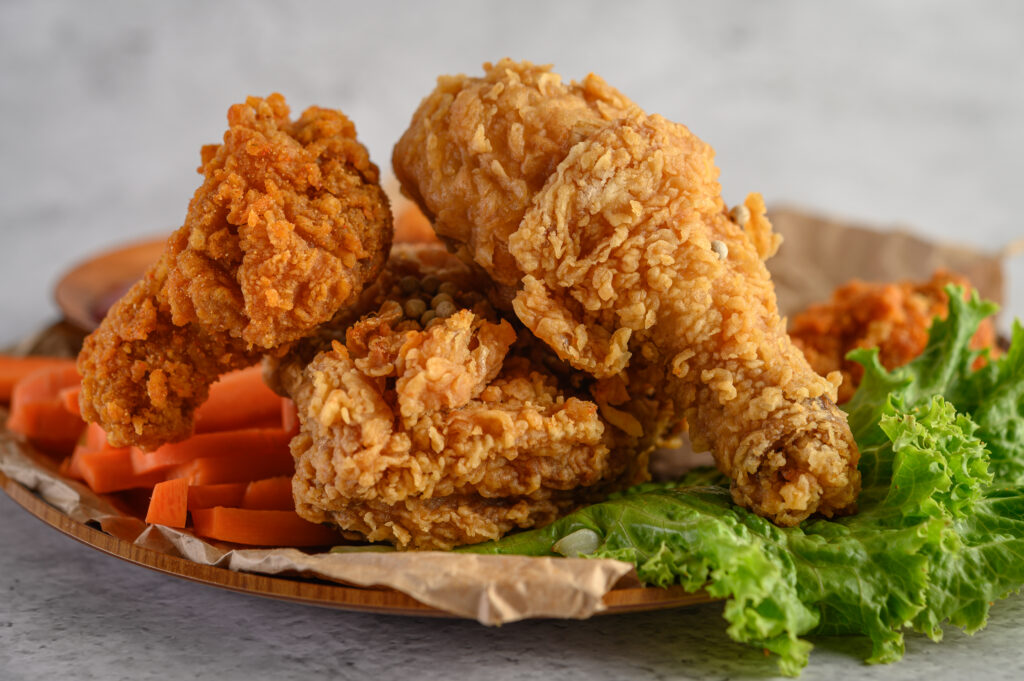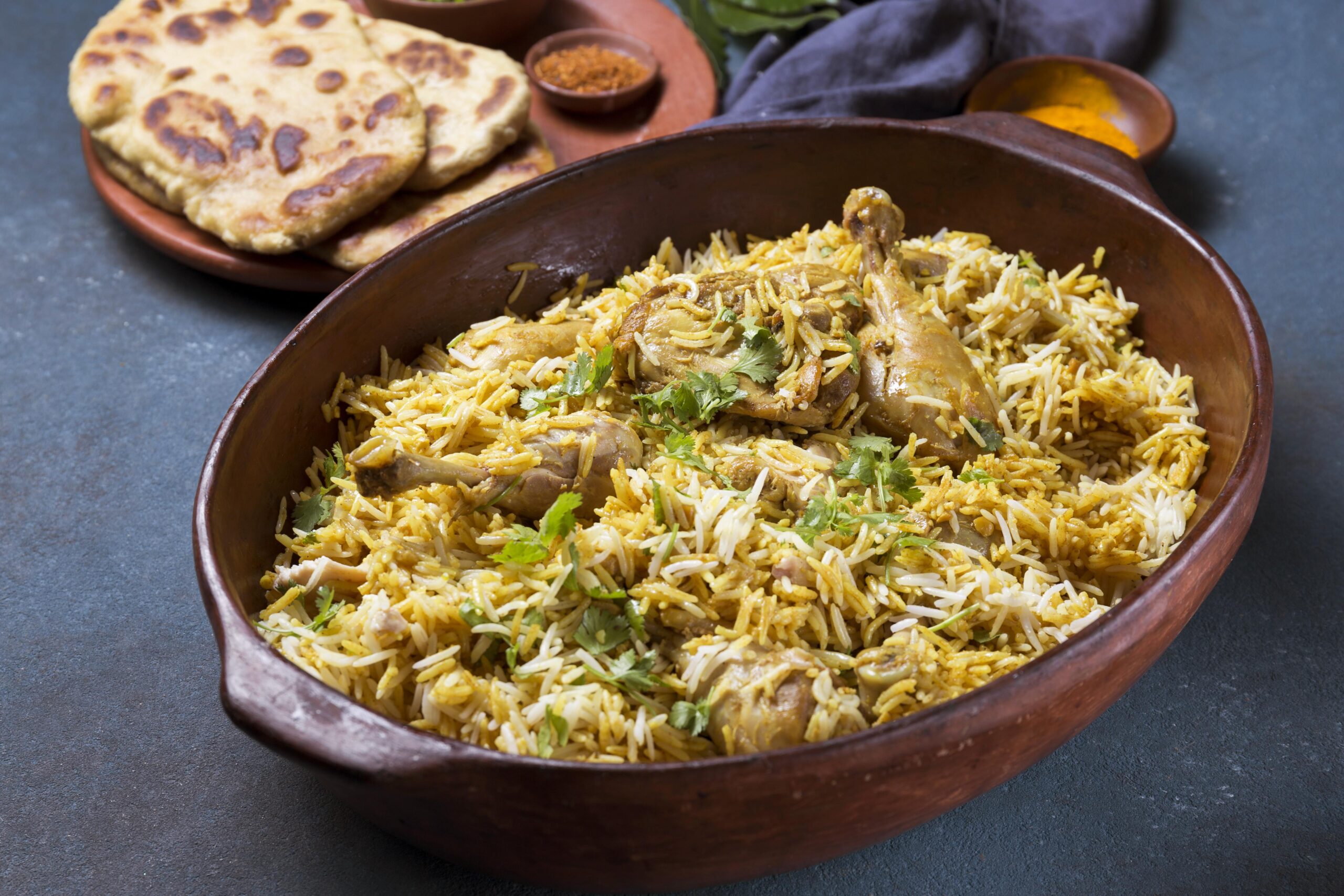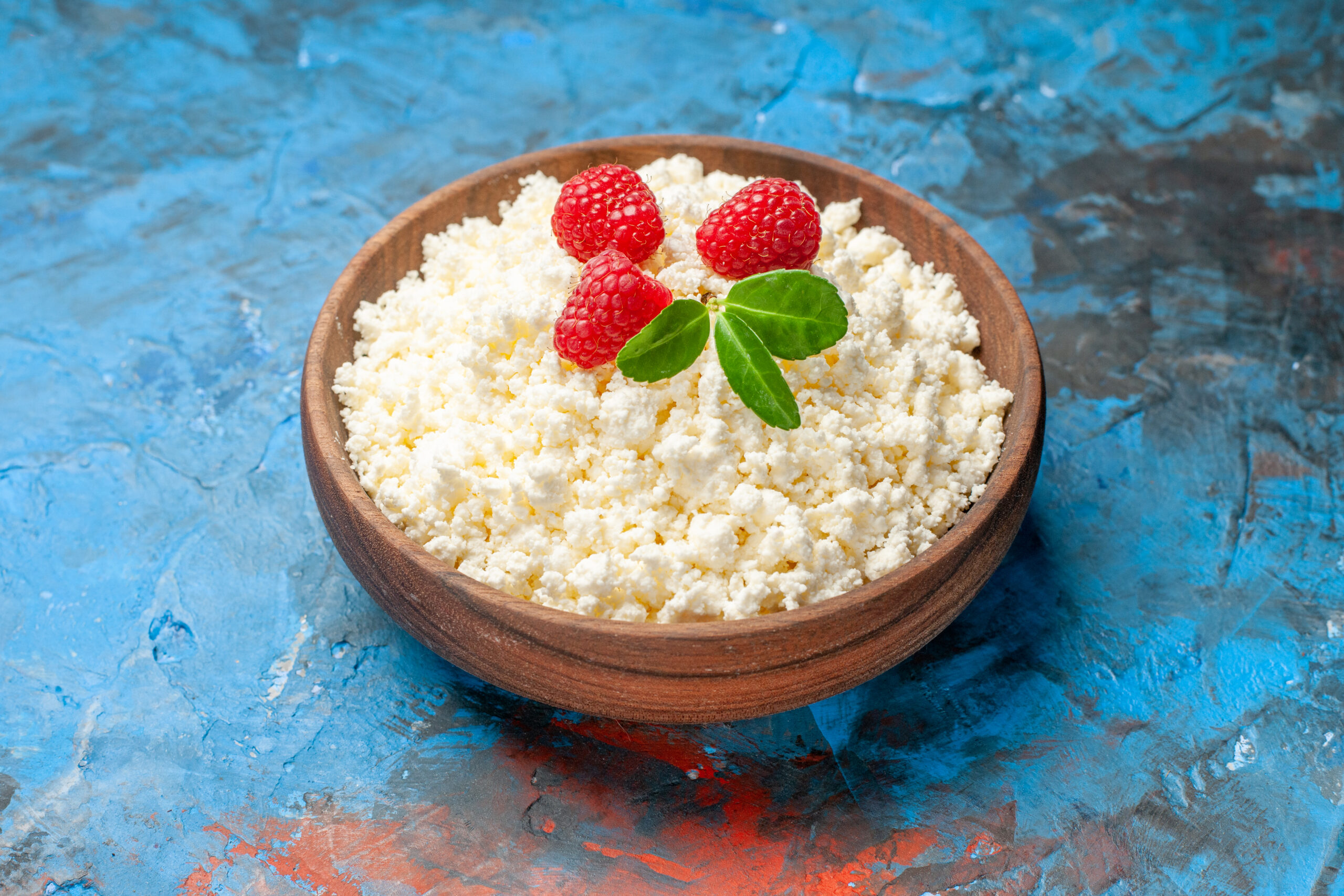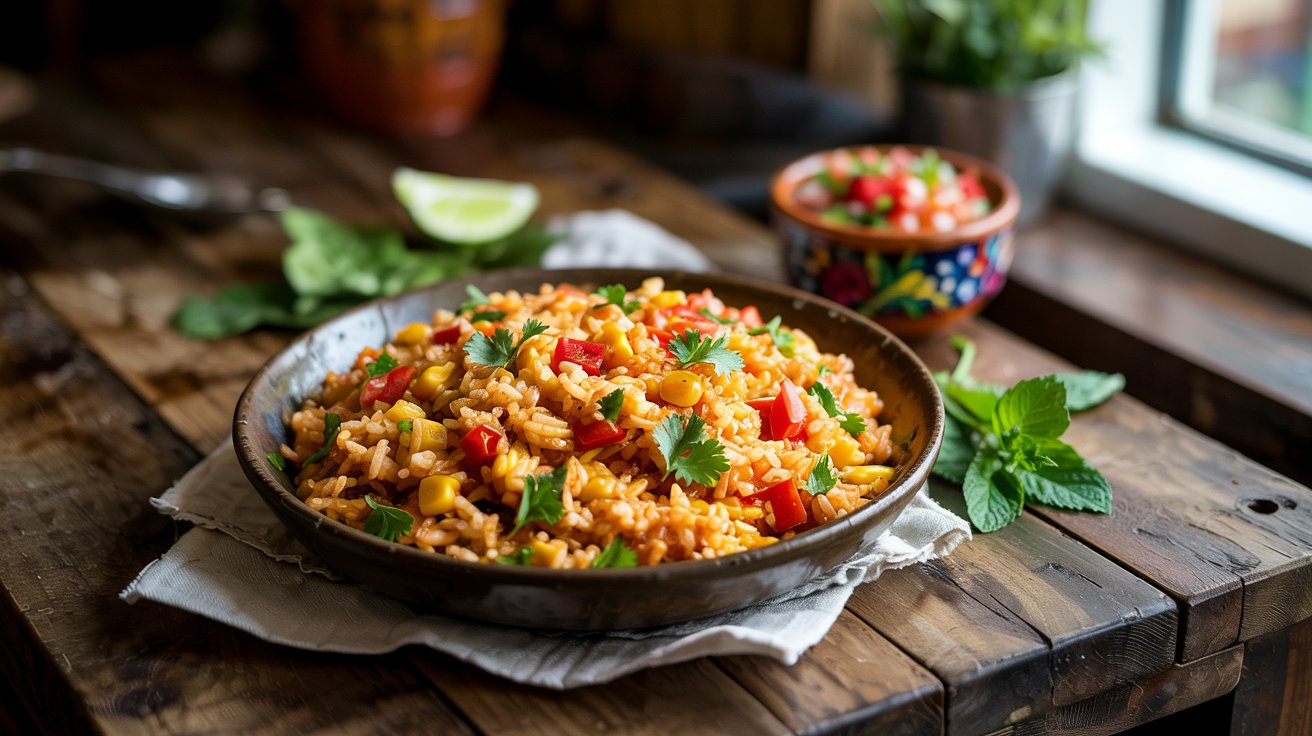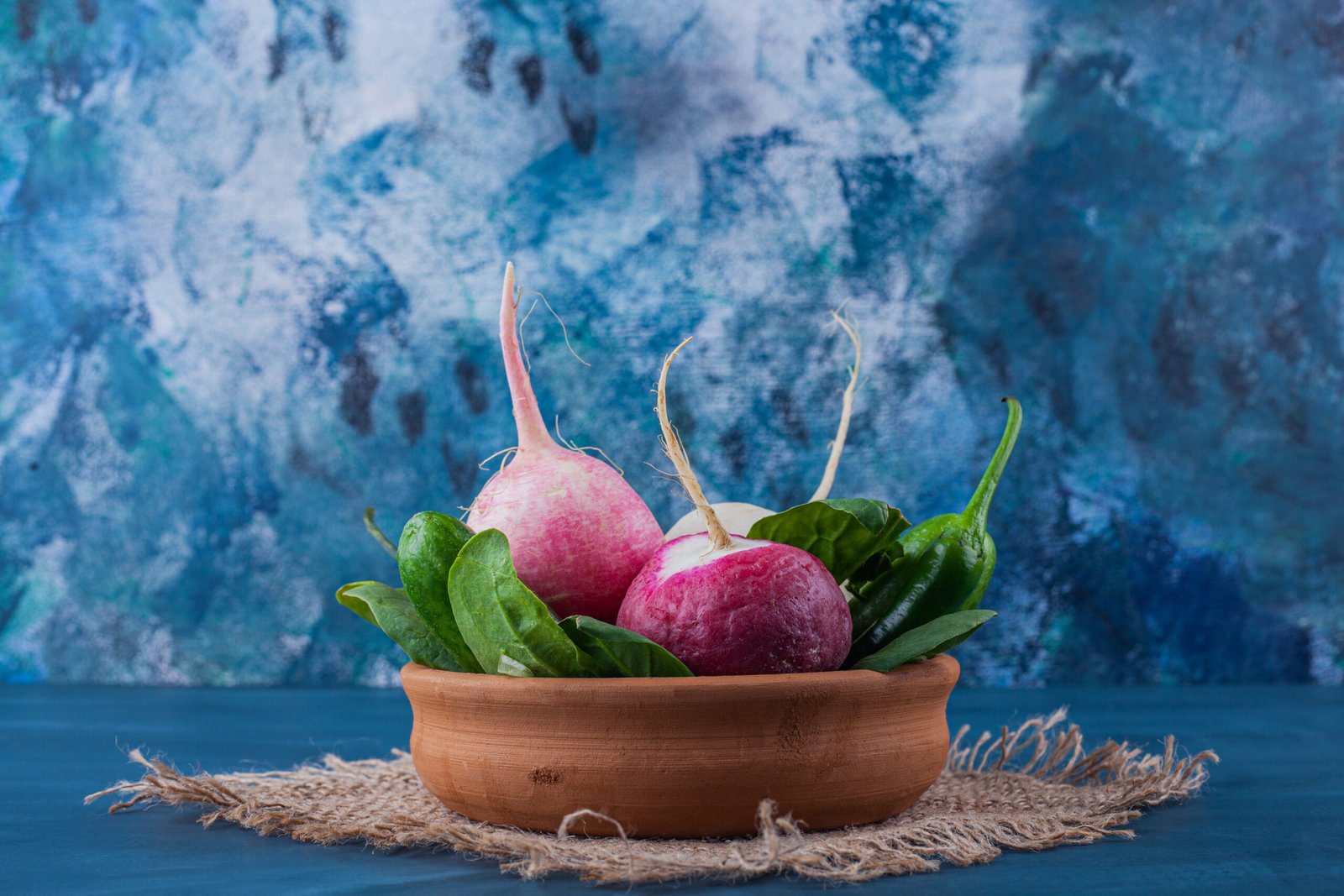Introduction:
There’s something timeless about fried chicken—a crispy, golden-brown crust encasing tender, juicy meat. This dish has been perfected by countless chefs and home cooks alike, and with the right approach, you can recreate this Southern classic in your kitchen. Below, we’ll break down each part of the process so you can create a truly delicious fried chicken that’s flavorful on the inside and perfectly crispy on the outside.
Table of Contents
Why Is This Fried Chicken So Crispy?
The following factors contribute to the success of this crispy fried chicken:
To get a crispy outside and juicy inside, let the buttermilk-flour mixture solidify into a paste-like consistency. The majority of fried chicken is prepared by cooking it at a high temperature all the time. The heat typically lowered for almost half an hour after browning, but this one merely begins at a very high temperature. To maintain that crispy texture, you will raise the temperature once more in the last stages. Paprika helps brown the chicken by adding a smokey taste and having a low smoke point.
Ingredients Needed for Fried Chicken
The key to exceptional fried chicken is quality ingredients. Use fresh, organic chicken if possible, and always double-check for seasoning and oil freshness.
Main Ingredients
• Chicken Pieces (legs, thighs, wings, or breasts) – about 3 lbs
• Buttermilk – 2 cups (adds tenderness and tanginess)
• Salt – 1 tbsp, for seasoning
• Pepper – 1 tsp
• Paprika – 1 tbsp
• Garlic Powder – 1 tsp
• Onion Powder – 1 tsp
• Cayenne Pepper – ½ tsp (optional, for heat)
• All-purpose flour – 2 cups
• Cornstarch – ½ cup (for extra crispiness)
Oil for Frying (peanut, canola, or vegetable)
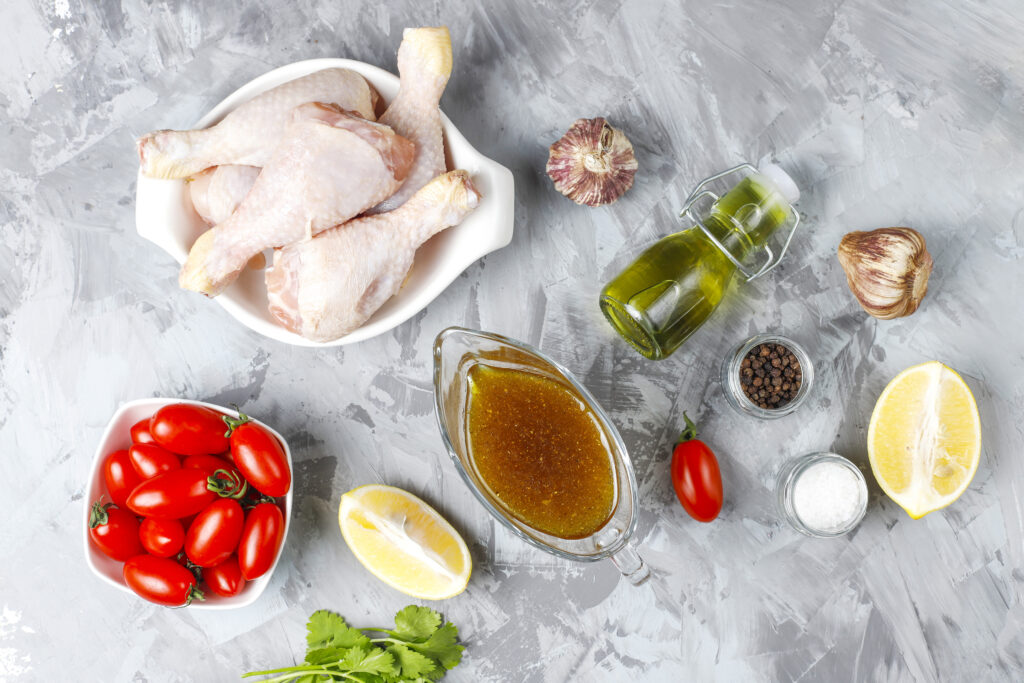
Optional Ingredients
• Dried Herbs – such as thyme, rosemary, or oregano, for additional flavor
• Hot Sauce – a few dashes in the buttermilk for spicier chicken
Step 1: Prepare the Chicken for Marination
Why Marinate?
The marination process is essential for infusing the chicken with deep flavors. Buttermilk marination not only tenderizes the meat but also creates a sticky surface that helps the flour coating adhere better, resulting in a crispier crust.
In a Large Bowl: Pour the buttermilk and add 1 tsp of salt, ½ tsp of black pepper, and a few dashes of hot sauce (optional).
Add the Chicken: Place the chicken pieces into the buttermilk mixture, ensuring each piece is well-coated.
Marinate: Cover the bowl and let it sit in the refrigerator for at least 2 hours, ideally overnight for the best results.
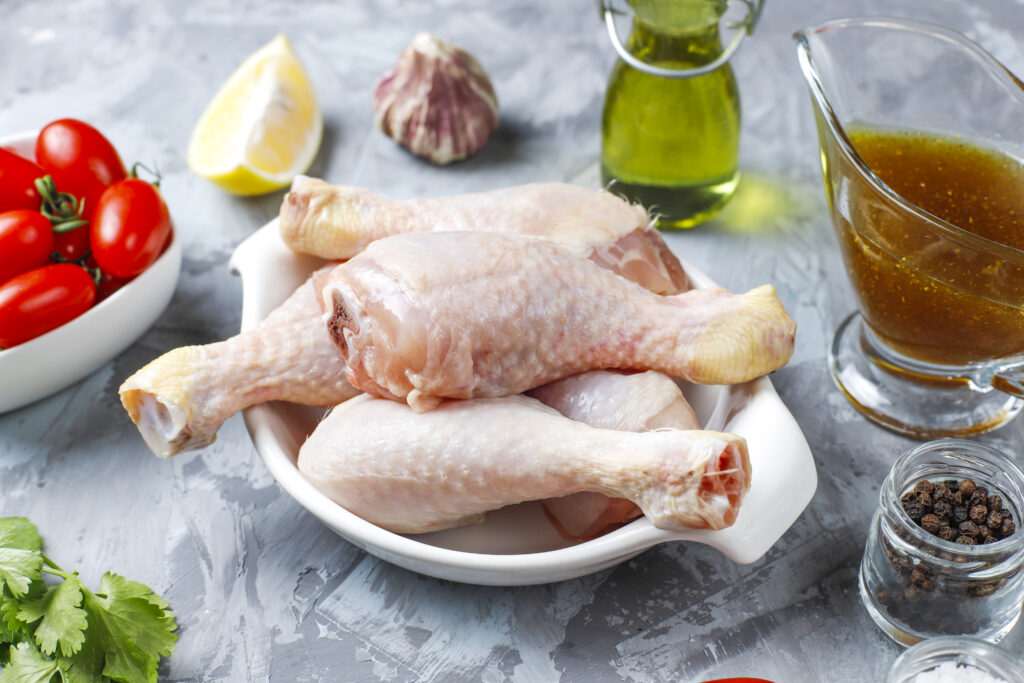
Step 2: Season and Prepare the Flour Coating
For a fried chicken crust that’s perfectly crispy and flavorful, we’ll use a mix of flour and cornstarch.
In a Shallow Bowl or Baking Dish: Combine the flour, cornstarch, 1 tbsp paprika, ½ tsp cayenne (optional), garlic powder, onion powder, and any dried herbs you prefer.
Mix Well: Ensure all the seasonings are thoroughly combined with the flour mixture.
Step 3: Coat the Chicken
Once the chicken is marinated, it’s time to create that crunchy coating.
Remove Chicken from the Fridge: Let the marinated chicken sit at room temperature for about 20 minutes.
Coat the Chicken: Press each piece into the seasoned flour mixture after removing it from the buttermilk and allowing any extra fall out. Turn the chicken over to coat both sides thoroughly.
Repeat the Process: For a thicker, crispier crust, dip the chicken back into the buttermilk and then coat it again in the flour mixture.
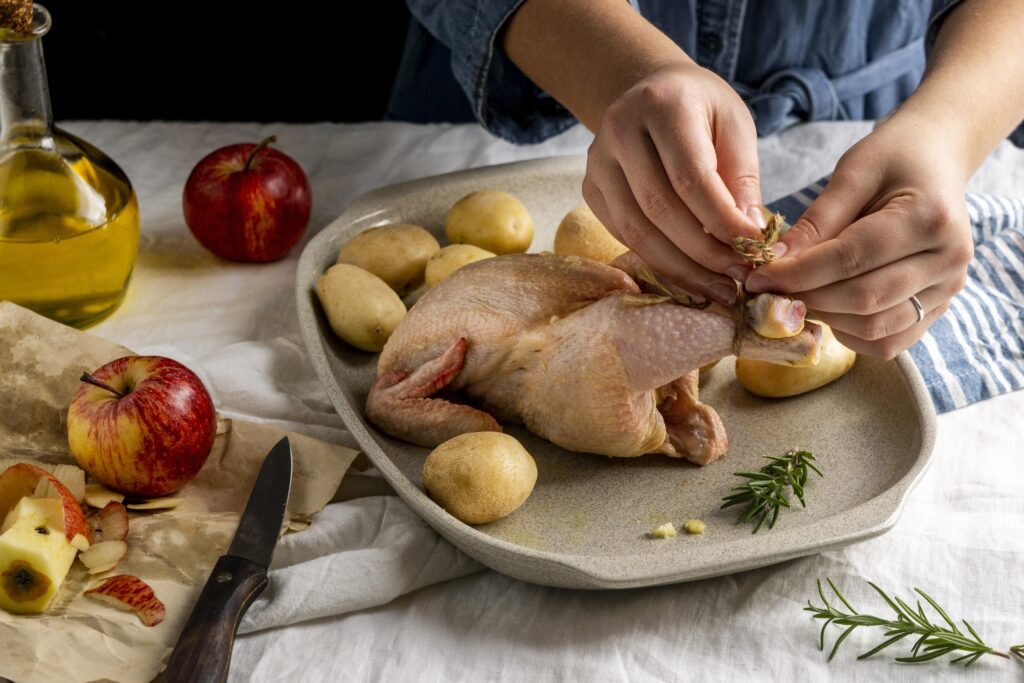
Step 4: Heat the Oil to the Right Temperature
The oil temperature is crucial for perfectly fried chicken—too hot, and the chicken burns; too low, and it turns greasy.
Use a Heavy-Duty Skillet or Deep Fryer: Heat about 1½ to 2 inches of oil to 350°F (175°C).
Check the Temperature: Use a thermometer to ensure the oil reaches and maintains the ideal frying temperature.
Step 5: Fry the Chicken
Now, we’re ready to fry!
Add Chicken Pieces to the Oil: Carefully place a few pieces of chicken into the hot oil, avoiding overcrowding the pan. Fry in batches if necessary.
Monitor Cooking Time: Fry each piece for about 10-15 minutes, turning halfway, until the chicken is golden brown and reaches an internal temperature of 165°F (74°C).
Drain the Chicken: Remove each piece and place it on a rack or paper towels to drain excess oil.
Step 6: Season and Serve the Fried Chicken
While the fried chicken is still hot, sprinkle a little salt over each piece. This extra touch enhances the flavor and brings out the seasoning in the crust.
Serving Suggestions
Fried chicken is best served fresh and hot. Some popular pairings include:
• Buttermilk Biscuits
• Mashed Potatoes with Gravy
• Coleslaw
• Mac and Cheese
• Honey Drizzle for a sweet contrast
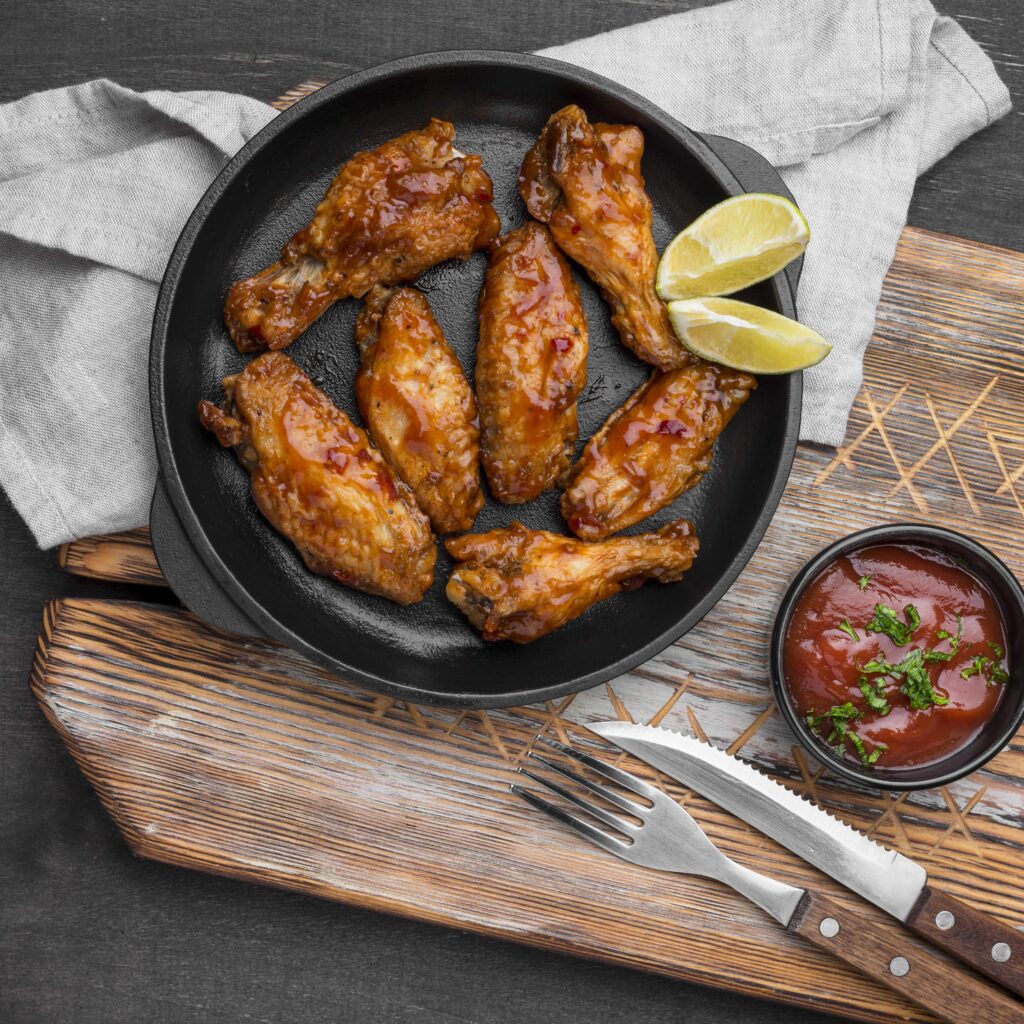
Tips and Tricks for Perfect Fried Chicken
Maintain Oil Temperature: To prevent soggy or greasy chicken, keep the oil temperature steady by adjusting the heat as needed.
Double-Coat for Extra Crunch: The double coating method adds a thicker, crispier crust.
Use Fresh Oil for Best Results: Old or overused oil can affect the flavor and quality of your fried chicken.
Avoid Overcrowding: Fry the chicken in batches to allow even cooking and prevent the oil temperature from dropping too quickly.
Let the Chicken Rest After Frying: Resting helps the juices redistribute, keeping the meat juicy and flavorful.
Frequently Asked Question
Why Does My Fried Chicken Turn Out Greasy?
Greasy fried chicken often results from oil that’s too cool. Make sure to heat your oil to a stable 350°F (175°C), and avoid crowding the pan as this can cause the temperature to drop.
How Long Can I Store Fried Chicken?
Fried chicken is best eaten fresh, but leftovers can be stored in the refrigerator for up to 3 days. To reheat, bake in the oven at 350°F (175°C) until warmed through.
What Oil is Best for Frying Chicken?
Neutral oils with high smoke points, like peanut, canola, or vegetable oil, work best. These oils won’t impart unwanted flavors and withstand high temperatures needed for frying.
Can I Use an Air Fryer?
Yes! A healthier option may be an air fryer. Follow the same preparation steps, then cook at 375°F (190°C) for about 20-25 minutes, flipping halfway through.

